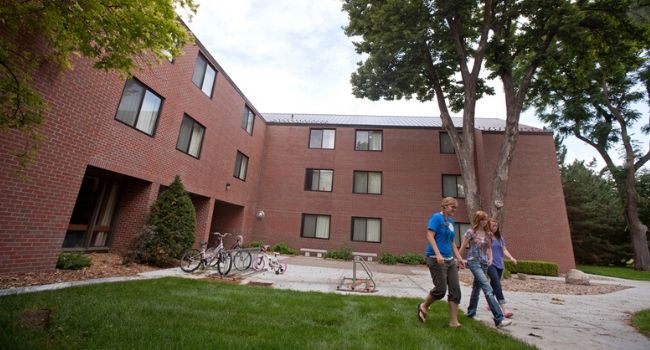
Due to Budget Constraints, Lincoln Schools Decide Against Increasing Allocation For School Resource Officers
Even before the coronavirus crisis, the Nebraska district was facing an 11 to 15 percent drop in state aid that will cause it to make tough decisions.
- By Haley Samsel
- March 30, 2020
The city and school district in Lincoln, Neb. will not increase its contributions to an interlocal agreement focused on school safety improvements because of an increasingly stretched school budget, according to The Lincoln Journal-Star.
Lincoln Public Schools will likely receive $15 million to $20 million less in state aid, an 11 to 15 percent drop, the Journal-Star reported, the largest decrease in a decade.
“When we got together we were not in the middle of a global pandemic, but LPS knew they were having challenges with state aid,” Denise Pearce of the city’s parks and recreation department told the newspaper.
So the district and city have decided to continue their contributions of $1.1 million each for school resource officers, increase programming related to violence prevention, and behavior health supports in schools.
To address concerns about the increase in SROs, the district released a memo detailing how the officers will work at middle school campuses and how data will be collected on police calls for services at schools.
The first report evaluating the middle school SRO program is planned to be released in October, but because of school closures, will not include data from a full school year.
School board leaders will vote on the budget during its April meeting. Under the current budget draft, $494,206 will be allocated to middle school SROs and a threat assessment officer, while $435,568 will go toward social worker pay and increased mental health services for students.
The district said that counseling and mental health agencies serving schools are working with students remotely.
About the Author
Haley Samsel is an Associate Content Editor for the Infrastructure Solutions Group at 1105 Media.